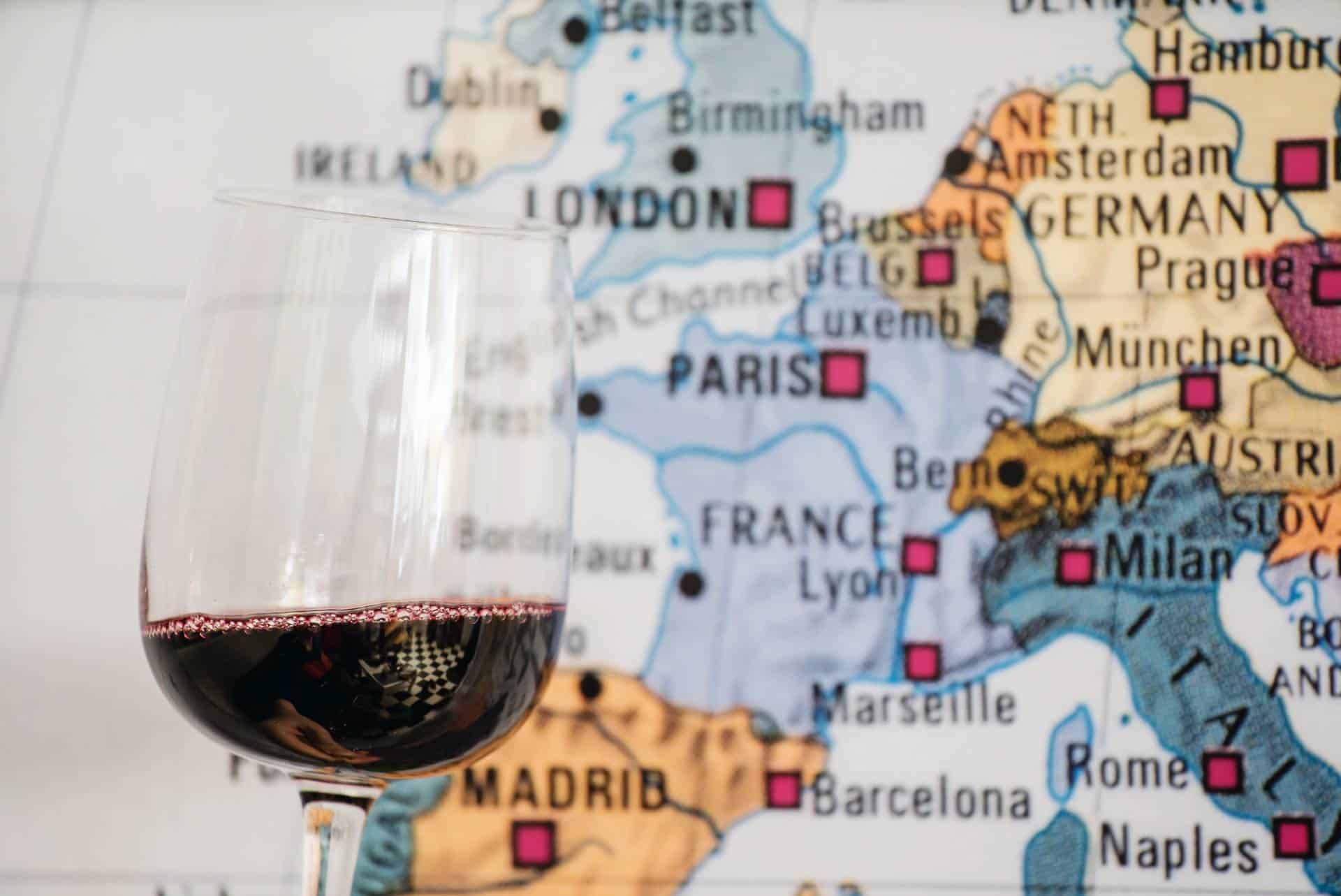
Wine consumption per capita
When it comes to wine consumption, Europe stands as the epicenter of appreciation, boasting a rich tapestry of cultures deeply intertwined with the vine. Among European nations, several stand out for their remarkable wine consumption per capita, reflecting not only a long-standing tradition of viticulture but also a profound appreciation for the art of winemaking. While each country has its own unique relationship with wine, Portugal, New Zealand, and Switzerland have notably emerged as frontrunners, each demonstrating a fervent commitment to consuming wine per liter that surpasses global averages. From the sun-drenched vineyards of Portugal to the picturesque landscapes of New Zealand and the terraced slopes of Switzerland, these nations consume wine not merely as a beverage but as a cultural cornerstone that enriches daily life and communal gatherings. Let's delve into the intricate nuances of who drinks the most wine and the cultural significance of wine consumption per liter in these nations.
When it comes to wine per capita in Europe, France and Italy stand out as the top contenders, with a long-standing tradition of wine-drinking deeply ingrained in their cultures. According to Statista, in 2020, France topped the charts for wine consumption per person, with an average of 5.9 liters per capita. The French have a profound appreciation for wine, viewing it not just as a beverage but as an essential element of their culinary heritage. From Bordeaux to Burgundy, the diversity of French appellations reflects the nation's deep connection to the vine and wine. Italy closely follows France in wine consumption, with an average of 5.4 liters per person in 2020. Italians, like the French, view wine as an integral part of daily life, enjoying it with meals, celebrations, and social gatherings. The Italian wine industry boasts a rich tapestry of indigenous grape varieties, producing a wide array of wines that cater to every palate.
While France and Italy lead the pack in terms of highest consumption per person, other European countries also demonstrate a notable affinity for wine. The first country Portugal, for instance, ranks among the top 10 countries for wine consumption per person, with an average of 4.4 liters per capita in 2020. Despite its relatively small size, Portugal has a rich winemaking tradition, with indigenous grape varieties like Touriga Nacional and Alvarinho contributing to its diverse wine landscape. Portuguese wine consumption is closely intertwined with the nation's cultural identity, with wine playing a central role in both religious and secular ceremonies. Additionally, countries like Switzerland and Austria also boast impressive wine consumption per person figures, reflecting a continent-wide appreciation for the vine and its fruit.
The COVID-19 pandemic had a significant impact on wine consumption across Europe, with total consumption dipping compared to previous years. According to the International Organisation of Vine and Wine (OIV), global wine consumption dropped to around 234 million hectoliters in 2020, marking a decrease from the previous year. Despite this decline, wine remained a staple beverage for many Europeans, offering comfort and solace during uncertain times. While on-premise consumption may have been limited due to lockdown measures, wine sales surged in retail channels as consumers sought to recreate the restaurant experience at home. As the world emerges from the pandemic, the wine industry adapts to new consumer behaviors and preferences, paving the way for a resurgence in wine drinking across Europe and beyond. In 2021 and 2022 we saw an increase as places began to open up.
Looking ahead, the wine industry faces both challenges and opportunities in meeting the evolving needs of consumers. With increasing awareness of sustainability and health-consciousness, there is a growing demand for organic and low-alcohol wines. Moreover, the rise of e-commerce presents new avenues for wine sales and distribution, allowing consumers to explore a wider range of wine brands and appellations from the comfort of their homes. As Europe's wine producers navigate these changes, they continue to uphold the centuries-old tradition of winemaking, ensuring that the continent remains at the forefront of the global wine industry. With the U.S. as the worlds largest importer of wine, the alcohol consumption could mean the Americans are regular wine drinkers.
In conclusion, while France and Italy lead the pack in wine consumption per person in Europe, other countries such as Portugal, Switzerland, and Austria also are strong drinkers. In Europe, wine holds a revered status, deeply ingrained in the cultural fabric of many nations across the continent. As a region known for its rich history of winemaking traditions, Europe stands as a global leader in pure alcohol/ wine production and consumption. France, often regarded as the epitome of wine culture, boasts a long-standing reputation as a country worldwide renowned for its exquisite wines. From the sun-kissed vineyards of Bordeaux to the rolling hills of Burgundy, France has set the standard for wine quality and craftsmanship. Despite fluctuations in alcohol consumption patterns, wine remains a staple in European diets, with many Europeans embracing a balanced approach to wine consumption, in line with recommendations from world health organizations. In fact, some European countries, such as Italy and Portugal, have embraced wine as a part of their cultural heritage, showcasing the harmonious relationship between wine and daily life. Despite the challenges posed by the COVID-19 pandemic, wine remains an integral part of European culture, offering a taste of tradition and terroir in every sip. As the wine industry evolves to meet changing consumer preferences, Europe's rich winemaking heritage continues to sparkle on the world stage.










